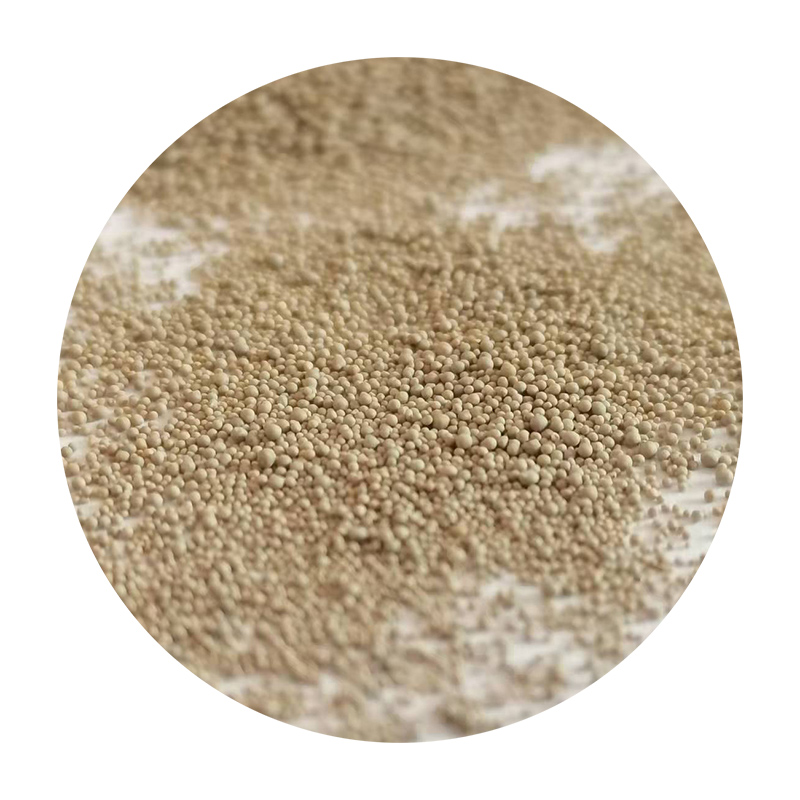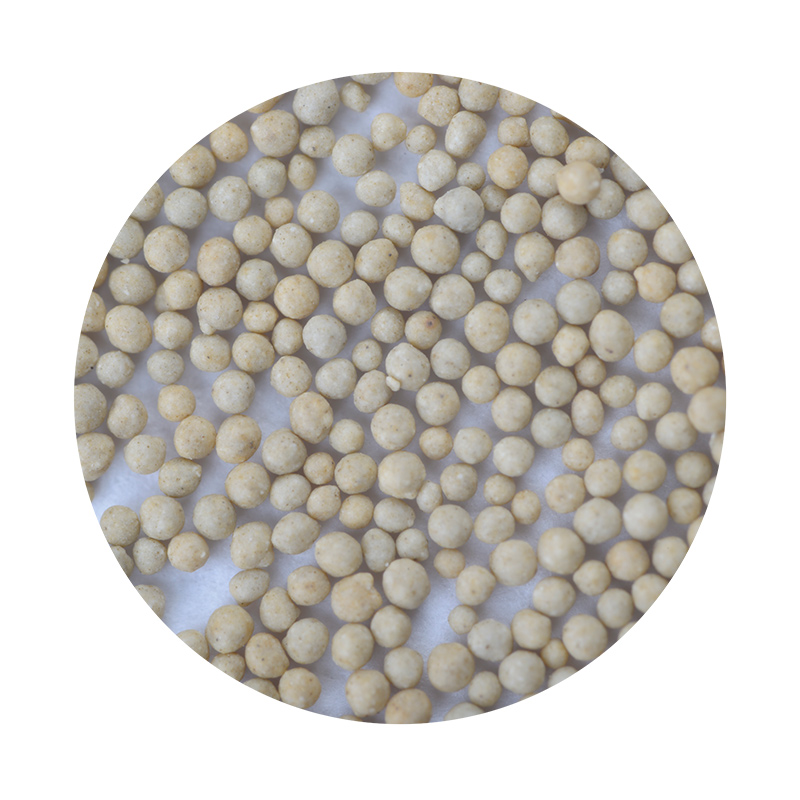
- Afrikaans
- Albanian
- Amharic
- Arabic
- Armenian
- Azerbaijani
- Basque
- Belarusian
- Bengali
- Bosnian
- Bulgarian
- Catalan
- Cebuano
- China
- China (Taiwan)
- Corsican
- Croatian
- Czech
- Danish
- Dutch
- English
- Esperanto
- Estonian
- Finnish
- French
- Frisian
- Galician
- Georgian
- German
- Greek
- Gujarati
- Haitian Creole
- hausa
- hawaiian
- Hebrew
- Hindi
- Miao
- Hungarian
- Icelandic
- igbo
- Indonesian
- irish
- Italian
- Japanese
- Javanese
- Kannada
- kazakh
- Khmer
- Rwandese
- Korean
- Kurdish
- Kyrgyz
- Lao
- Latin
- Latvian
- Lithuanian
- Luxembourgish
- Macedonian
- Malgashi
- Malay
- Malayalam
- Maltese
- Maori
- Marathi
- Mongolian
- Myanmar
- Nepali
- Norwegian
- Norwegian
- Occitan
- Pashto
- Persian
- Polish
- Portuguese
- Punjabi
- Romanian
- Russian
- Samoan
- Scottish Gaelic
- Serbian
- Sesotho
- Shona
- Sindhi
- Sinhala
- Slovak
- Slovenian
- Somali
- Spanish
- Sundanese
- Swahili
- Swedish
- Tagalog
- Tajik
- Tamil
- Tatar
- Telugu
- Thai
- Turkish
- Turkmen
- Ukrainian
- Urdu
- Uighur
- Uzbek
- Vietnamese
- Welsh
- Bantu
- Yiddish
- Yoruba
- Zulu
Ceramic Sand for Lost Foam Casting
Ceramic sand for foundry has good reuse performance: low requirements for sand treatment equipment, low energy consumption and low cost for sand treatment. The sand recovery rate reached 98%, produce less casting waste. Because of the absence of binder, the lost foam filling sand has higher recovery rate and lower cost, reaching 1.0-1.5kg/ton of sand consumption of castings.
In recent years, lost foam casting enterprises have been affected by many factors, resulting in low qualified rate of finished castings. Among them, the high production cost of castings, high defect rate and low quality have become the three problems in the lost foam casting enterprises in China. How to solve these problems and improve the cost performance of casting products at an early date has become one of the top tasks of foundry companies. As we all know, the choice of sand in the casting process is a crucial part of the whole process. Once the sand is not properly selected, it will affect the whole situation. Therefore, the lost foam casting enterprises should make more efforts in the selection of sand.
According to relevant data, most foundry companies have improved their choice of sand, rejecting the traditional low-priced quartz sand or forsterite sand, and using the new type of foundry ceramic sand to improve the casting problem. This new type of sand has the advantages of high refractoriness, good fluidity, high gas permeability and same bulk density with quartz sand. It solves the defects in casting production to a certain extent, and has been widely concerned by the international foundry industry. The three major problems of casting cost, defective rate and quality of lost foam casting enterprises have been effectively alleviated, and foundry ceramic sand has also been loved by many enterprises.
Ceramic Sand Property
| Main Chemical Component | Al₂O₃≥53%, Fe₂O₃<4%, TiO₂<3%, SiO₂≤37% |
| Grain Shape | Spherical |
| Angular Coefficient | ≤1.1 |
| Partical Size | 45μm -2000μm |
| Refractoriness | ≥1800℃ |
| Bulk Density | 1.3-1.45g/cm3 |
| Thermal Expansion(RT-1200℃) | 4.5-6.5x10-6/k |
| Color | Dark Brown/Sand color |
| PH | 6.6-7.3 |
| Mineralogical Composition | Mullite + Corundum |
| Acid Cost | <1 ml/50g |
| L.O.I. | <0.1% |
Advantage
● High refractoriness (>1800°C),can be used for casting various materials. There is also no need to use different sand type according to material.
● High reclamation rate. The sand recovery rate reached 98%, produce less casting waste.
● Excellent fluidity and filling efficiency owing to being spherical.
● Lower Thermal expansion and Thermal Conductivity. Casting dimensions are more accurate and lower conductivity provides better mold performance.
● Lower bulk density. As artificial ceramic sand is about half as light as fused ceramic sand (black ball sand), zircon and chromite, it can turn out about twice the number of molds per unit weight. It can also be handled very easily, saving labor and transfer power costs.
● Stable supply. Annual capacity 200,000 MT to keep the fast and stable supply.
Application
Lost foam casting.




Parts of Particle size Distribution
The particle size distribution can be customized according your requirement.
|
Mesh |
20 | 30 | 40 | 50 | 70 | 100 | 140 | 200 | 270 | Pan | AFS | |
|
μm |
850 | 600 | 425 | 300 | 212 | 150 | 106 | 75 | 53 | Pan | ||
| Code | 20/40 | 15-40 | 30-55 | 15-35 | ≤5 | 20±5 | ||||||
| 30/50 | ≤1 | 25-35 | 35-50 | 15-25 | ≤10 | ≤1 | 30±5 | |||||
Products categories









